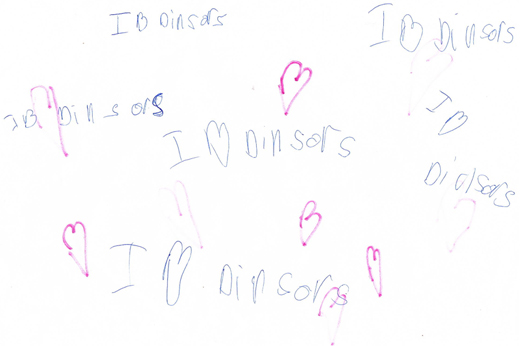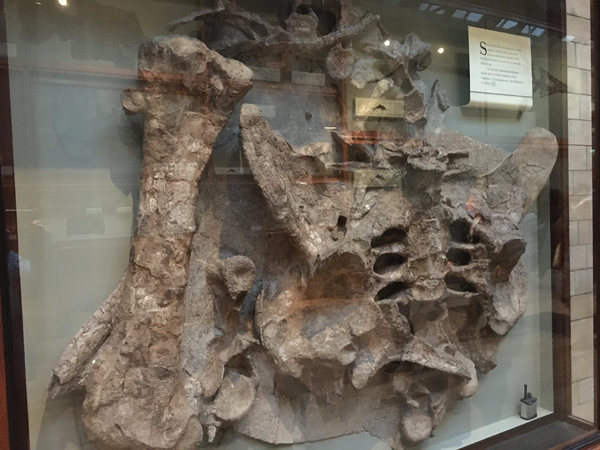Ysgol Maes Owen – Deinosoriaid A Wonderful Workshop
Ysgol Maes Owen – Deinosoriaid
The children in Year 3 and Year 4 at Ysgol Maes Owen in North Wales have been studying dinosaurs and fossils this spring term. The eager young palaeontologists constructed a “dinosaur island” and are researching prehistoric animals so that they can populate their own “Jurassic World”. As part of the term topic, the enthusiastic teaching team have challenged the children to learn lots of dinosaur facts and to build a set of dinosaur “Top Trumps”. We hope our advice about which was the cleverest dinosaur helped.
Dinosaurs and Fossils
With four workshops to squeeze into the day, a classroom had to be allocated for the visitor from Everything Dinosaur. Not to worry, there was plenty of space in the classroom to put all the resources our dinosaur expert had brought and there was still room to have a go at creeping through a forest like a giant, armoured dinosaur.
During wet play (thanks to storm Brendan), Lilly demonstrated her appreciation of dinosaurs (deinosoriaid), she certainly enjoys learning all about dinosaurs as her note (below) shows.
Lilly Shows Her Appreciation for Dinosaurs
Picture credit: Everything Dinosaur
We are sure the footprint measuring resources along with the dinosaur timeline lesson plan we provided will help the teaching team with this exciting topic.
The Everything Dinosaur website: Everything Dinosaur.



